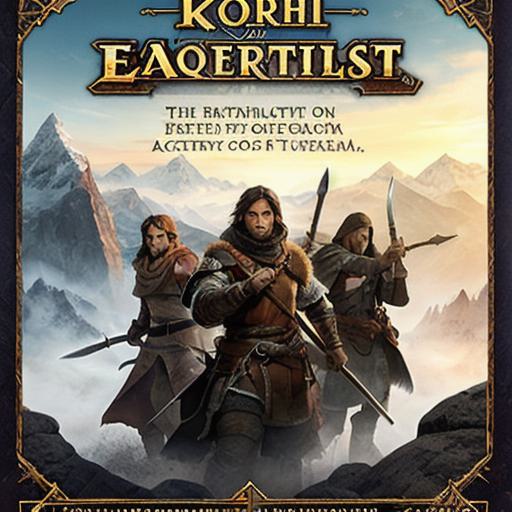How to Develop a Dice Game: A Comprehensive Guide for Developers

Developing a dice game can be an exciting and rewarding experience for developers. Not only does it offer the opportunity to create something unique and fun, but it also requires problem-solving skills, creativity, and attention to detail. In this comprehensive guide, we will explore everything you need to know to develop a successful dice game, from the initial concept to the final product. We will also discuss how to optimize your game for SEO so that it ranks higher in search engines and attracts more traffic.
Step 1: Define Your Game Concept
Before you start developing your dice game, you need to have a clear idea of what it is and what it should achieve. This includes defining the rules, objectives, characters, and settings of your game. For example, do you want your game to be strategy-based or luck-based? What kind of characters will players control, and what challenges will they face? Answering these questions will help you create a solid foundation for your game and ensure that it is enjoyable and engaging for players.
When defining your game concept, it’s essential to consider the target audience. Who are you creating this game for? Are they children or adults? What kind of interests do they have? Understanding your audience will help you tailor your game mechanics and artwork to appeal to their preferences and create a more immersive experience.
Step 2: Choose Your Dice Type
There are many types of dice available, each with its own unique characteristics and advantages. The most common types of dice used in games are six-sided (regular) dice, eight-sided (fate) dice, ten-sided (decimal) dice, and twelve-sided (dodecimal) dice. When choosing your dice type, you need to consider how many sides you want to include and what kind of gameplay you are looking for.
For example, a six-sided die is ideal for games that require luck and chance, such as a shooting game or a role-playing game where players roll dice to determine their actions. An eight-sided die is better suited for strategy-based games, such as a puzzle game or a board game where players need to plan ahead to win.
When choosing your dice type, it’s essential to consider the balance of luck versus strategy in your game. A game that relies too heavily on luck can be frustrating for players who prefer to use their skills and knowledge to succeed. On the other hand, a game that is too strategic can be boring and lack excitement.
Step 3: Create Your Game Mechanics
Once you have your dice type and concept defined, it’s time to start creating the mechanics of your game. This includes defining how players will roll the dice, what they can do with their rolls, and how they can win or lose. You also need to consider how much luck versus strategy is involved in the gameplay, as this will affect how players perceive the game.
When creating your game mechanics, it’s essential to balance the difficulty level of the game. A game that is too easy can be boring and lack challenge, while a game that is too difficult can be frustrating for players who are just starting out. You can also consider adding modifiers or bonuses to the dice rolls to create more variety in the gameplay.
Step 4: Design Your Game Artwork
The artwork of your game is just as important as its mechanics. It needs to be visually appealing, consistent with the theme of your game, and easy to understand. The artwork should also highlight the key features of your game, such as characters, settings, and rules. You can choose to hire a professional artist or create your own art using software like Photoshop or GIMP.
When designing your game artwork, it’s essential to consider the target audience and the overall tone of the game. For example, if your game is designed for children, you may want to use bright colors and simple graphics that are easy for them to understand. On the other hand, if your game is designed for adults, you may want to use more complex artwork that reflects the theme of the game.
Step 5: Playtest Your Game
Before you release your game, it’s essential to playtest it with a group of friends or family members. This will help you identify any flaws in the mechanics or gameplay and make adjustments as needed. Playtesting can also provide valuable feedback on how players perceive the game and what improvements they would like to see.
When playtesting your game, it’s essential to consider the target audience and their preferences. For example, if your game is designed for children, you may want to test it with a group of kids to ensure that they are enjoying the game and finding it challenging. On the other hand, if your game is designed for adults, you may want to test it with a group of experienced gamers who can provide more insight into the mechanics and gameplay.
Step 6: Optimize Your Game for SEO
To ensure that your game ranks higher in search engine results, it’s essential to optimize it for SEO. This includes using relevant keywords in the title and description of your game, creating a website or landing page dedicated to your game, and promoting your game on social media platforms.
When optimizing your game for SEO, it’s essential to consider the target audience and their preferences. For example, if your game is designed for children, you may want to use keywords that are relevant to their interests, such as "educational games" or "fun games." On the other hand, if your game is designed for adults, you may want to use keywords that are relevant to their interests, such as "strategy games" or "board games."
In conclusion, developing a dice game can be an exciting and rewarding experience for developers. To create a successful dice game, it’s essential to define your concept, choose the right dice type, create balanced mechanics, design visually appealing artwork, playtest your game, and optimize it for SEO. By following these steps, you can create a game that is both fun and engaging for players of all ages and backgrounds.
